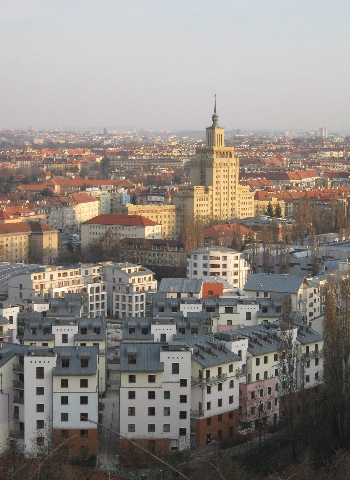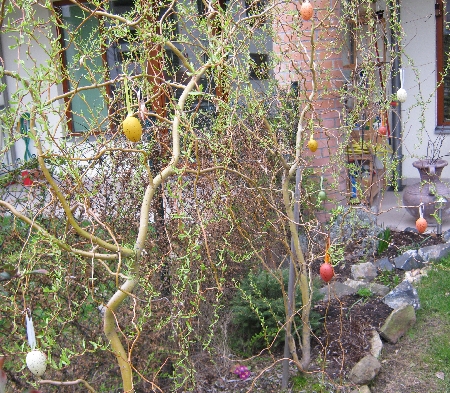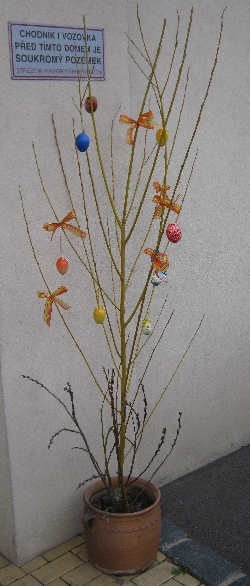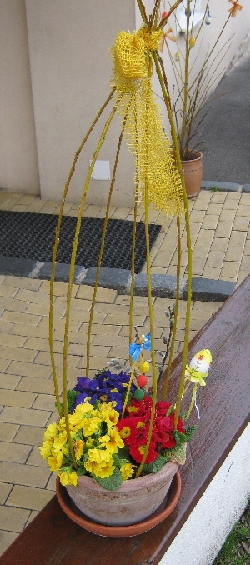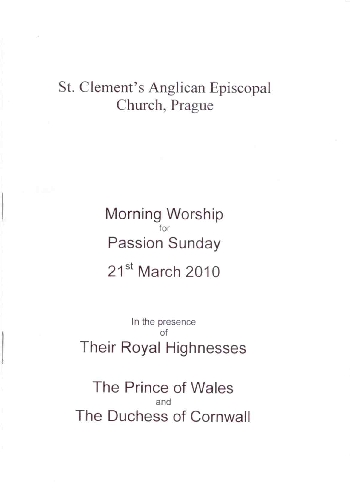
Over a period of thirteen years whilst I was Rector of the Shelswell Group of Parishes in North Oxfordshire, I had a most wonderful time playing cricket for Finmere Cricket Club. The ground was directly opposite where I lived meaning that a straight six often landed in my front garden. My fellow players used to take great delight when they could say that they were ‘bowling from the Rectory end’!
For nearly all my time playing for the club, I was first choice wicketkeeper, a position I enjoyed enormously. However, as a wicketkeeper one is always in the line of fire and taking bangs and bruises from a hard cricket ball were always part and parcel of being behind the stumps. The little finger on my left hand will be crooked for the rest of my life from where I broke it many years ago when I failed to cleanly take a quick ball going down the leg side.
Sybille and I married in 2005. Some of the few photos that exist of our wedding show the two of us leaving the Church under an archway of cricket bats held up by my fellow players. Sybille declared on numerous occasions that she was made a ‘cricket widow’, even before she married me! So when we knew in June 2008 that we would be leaving Finmere and moving to Prague, I promised her that I would retire from playing cricket even though I was aware that there were a number of expat cricket clubs based in the Czech capital.
Therefore, on Saturday 30th August 2008, I played my last game for Finmere CC against Wroxton CC, which was also the last Saturday League fixture of the 2008 season. On the following Saturday 6th September 2008, at the commencement of a Safari Dinner around various club members homes, I was presented with a wonderful framed picture of my head, photoshopped onto the body of an England wicketkeeper, taking the most spectacular diving catch. Around the picture are comments, tributes and best wishes from my fellow players. The picture has pride of place in the entrance hallway of our Chaplaincy Flat here in Prague.
Although we downsized enormously before moving to Prague, I didn’t part with my cricket gear. I brought all my wicket keeping and batting gear with me and the only thing I don’t possess here is a cricket bat as I broke the toe end of my old one at the end of the 2007 season and played with the club bat throughout 2008. Despite promising to retire upon moving to Prague, there was always the thought in the back of my mind that I just might play once again.
In recent weeks an Australian member of my congregation called Richard, along with his Czech/Australian wife Karen, have kindly taken us both along to several expat business events to try and introduce us to more members of the English-speaking expat community here in Prague and thus raise the profile of St. Clement’s Anglican Episcopal Church. And through Richard & Karen’s involvement with CANZA (the Czech Australian New Zealand Association) both Richard and I have been persuaded to start playing cricket again.
Therefore last Saturday 17th April, Richard and I both took part in a pre-season warm-up game between two sides made up of members of the Prague Barbarians Cricket Club, together with a few players drawn from some of the other Prague Cricket Clubs. The game was forty overs per side, just as I was used to playing each Saturday between the beginning of May and the end of August each year in England.
But there, most similarities with playing Saturday League Cricket in England ceased. The Prague Barbarians Cricket Club play at Vypich, a wide open area of parkland in the western suburbs of Prague. All their equipment is kept in a large locked metal container nearby. This includes a plastic mat in two sections which, when nailed down, forms an artificial wicket. There is no white line for the boundary – only a series of white flags. The outfield, particularly after the harsh winter we have experienced, was a rough as any I have ever played on!
John, the captain of our team, won the toss and elected to field first. My offer to keep wicket was duly accepted and so, for the first time in 18 months, I donned my wicket keeping gear and bent down behind the stumps. I was pleased to discover that I hadn’t completely forgotten what to do and most balls that passed the stumps ended up in my gloves or at least, I stopped them. But my thigh muscles soon began to remind me that this was the first time for eighteen months that I had tried to keep wicket. Therefore, when John said that a young Indian member of our team could also keep wicket, we agreed to swap the gloves after twenty overs. Being wise after the event, I’m very glad we did.
Our opponents posted a total of 149 for 7 in their forty overs. In reply, my team early on, scored quick runs but also lost wickets. Then John came in and played a captain’s innings and supported by a Czech member of our team called Rod, brought us to within about twenty runs of victory before both were dismissed in quick succession. Despite our best efforts, we fell nine runs short of victory with Richard and me left as the not out batsmen at the end of our allotted forty overs.
The day was warm and sunny and, despite wearing my cap, I very much caught the sun on my face and hands as can be seen in the photo of me, taken by Sybille on our balcony on Saturday evening, before I treated myself to a long hot soaky bath. On Sunday morning, I woke up stiff and sore and by Sunday afternoon it was far worse. Even today, I still find bending over to pick things up or walking up or down steps, very difficult. Maybe being aged 58 is not the time to resume my cricketing career!
However, even as I was writing this post this evening, I received an email from Jerome, the captain of the Prague Barbarians ‘B’ Cricket Team, asking about my availability for the coming season. Should I really come out of retirement and start playing cricket regularly once again?

